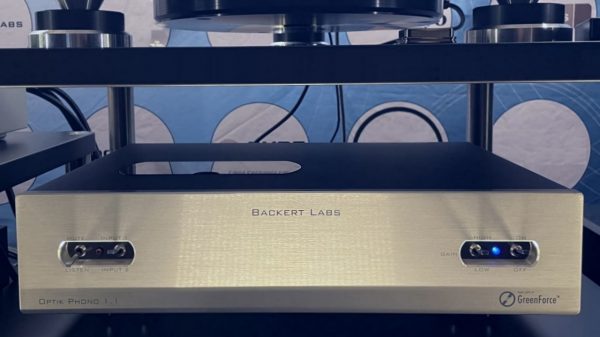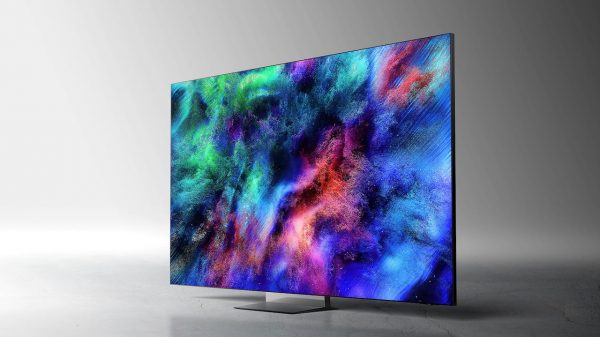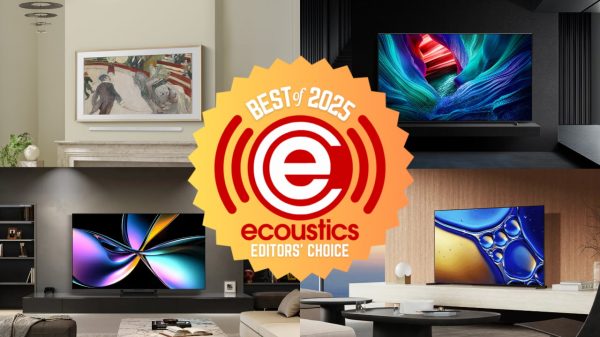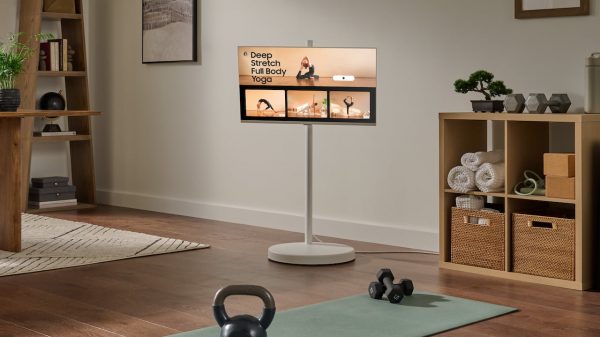8K TV has been getting a lot of hype, especially from Samsung, but the latest numbers show that consumers aren’t taking the bait.
According to a recent report from Omdia research only 350,000 8K TVs were shipped to dealers worldwide in 2021, which amounts to only 1.5% of total TV shipments. With Samsung offering the most models, 65% of the 250,000 were from them. What is interesting is that according to the report, Samsung didn’t ship any 8K TVs to Japan. What makes this significant is that Japan is the only country that actually offers 8K TV broadcasts on a limited basis.
By the end of 2022, the number of 8K TV households is expected to break down as follows:
REGION NUMBER OF 8K TV HOUSEHOLDS Western Europe 305,000 North America 269,000 China 244,000 Asia and Oceania 121,000 Eastern Europe 115,000 Japan 48,000 Latin America and the Caribbean 43,000 The Middle East and Africa 37,000 World Total 1,181,000
Based on the current trend, it is anticipated that only 2.7 households worldwide will own and use an 8K TV by the end of 2026.
So far, 8K TV penetration hasn’t even reached 1% in any region of the World. Even though China is receiving the most 8K TV shipments, you have to consider that their population size is greater than any other country by a long shot (except for India).
Tip: Keep in mind that the above numbers appear to only apply to 8K TVs targeted to consumers, there are also both consumer and professional 8K monitors, digital signage, and other 8K product applications.

Our Take
The above numbers don’t mean that 8K TV is doomed, but it is a sign that it may have been introduced too early for both consumers and production entities to be receptive resulting in a very slow adoption rate.
The following factors affect 8K TV Adoption:
- Although almost all TVs on store shelves 43-inches and larger are 4K UHD TVs, there are still millions of consumers that own 1080p Full HD sets and most of the content they are watching is HD and not even 4K.
- Although 8K TVs work with content sources currently available and perform upscaling of 4K content, to take full advantage of an 8K TV you need access to content that has been made in native 8K. To date, there is very little content to justify the purchase of an 8K TV.
- Even though 8K TVs offer more pixels per inch, it’s nearly impossible to notice an improvement in picture quality unless seated within a few feet from the screen. Our eyes simply can’t resolve 8K resolution at a real world seating distances.
- In terms of streaming in 8K only YouTube, Vimeo, and a few other apps offer any 8K content and it is very limited. To stream 8K you need upwards of 50 Mbps or higher broadband speed.
- There is no 8K TV broadcasting (except in Japan as mentioned previously). The ability to broadcast in 4K is still slowly being rolled out in the U.S. 8K TV broadcasting is a long way off.
- Movie and TV studios don’t have an end-to-end 8K production and distribution capability of any consequence. Also, movie theater projectors currently in use are either 2K or 4K. This means that there is no incentive to make movies in 8K.
- It has been indicated that the current UHD Blu-ray Disc format will be the last disc-based format available. There are no plans to make an 8K disc format available to consumers.
- Although some PC and console gaming platforms are starting to include 8K gaming capability, there aren’t a significant number of 8K games being released.

Forced 8K TV Adoption?
Of course, TV makers do have one option in their arsenal that they could take advantage of — forced adoption.
This means that TV makers have the ability to decrease the number of 4K TVs they make and just increase 8K TV production.
As a result, store shelves would become increasingly filled with 8K TVs. If TV makers actually decide to take this road, in a few years, it may be hard to find in the 65-inch and larger screen sizes and that seems to the smallest effective 8K TV screen size.
In the final analysis boils down to old chicken/egg dilemma. No content, no 8K TVs sold, no 8K TVs sold, no content.
To dig even deeper into the state of 8K TV, check out our companion article: 8K TVs: Are Consumers Really Buying Them?


































ORT
May 7, 2022 at 1:58 am
I think they should skip the obvious and just make the next batch 32K.
ORT
ORT
May 7, 2022 at 5:03 pm
For the record, I have had 4K for several years now. I bought a 55 inch curved Samsung as the screen reminded me of the old Todd-AO that Oklahoma! and South Pacific were shot in.
I still like the screen and while the promise of an even sharper picture is nice, none of us really need what is not readily available. I have bought and enjoyed VHS, S-VHS, Laser Disc and the most recent Video Triumvirate, DVD/BluRay/UHD BluRay so I have no real room to complain. Bitch, yes. Complain, no. 😉
Tech moves on regard less of if we are early adapters or not. Whether or not it succeeds, stays and grows to maturity depends on regular folk.
Thanks for the write up!
ORT
If you can afford it for braggin’ rights, that is fine with me and I say good for you!
I may get one when the content is there. 😉
ORT
Greg
May 11, 2022 at 8:49 pm
One would think that consumers would be mostly driven by the following from the article:
“Even though 8K TVs offer more pixels per inch, it’s nearly impossible to notice an improvement in picture quality unless seated within a few feet from the screen. Our eyes simply can’t resolve 8K resolution at a real world seating distances.”
What’s the point in getting 8K?
I also have bought every new technology, including one you missed: D-VHS which records 1080p with 5.1 sound. But 8K does not seem to have value.